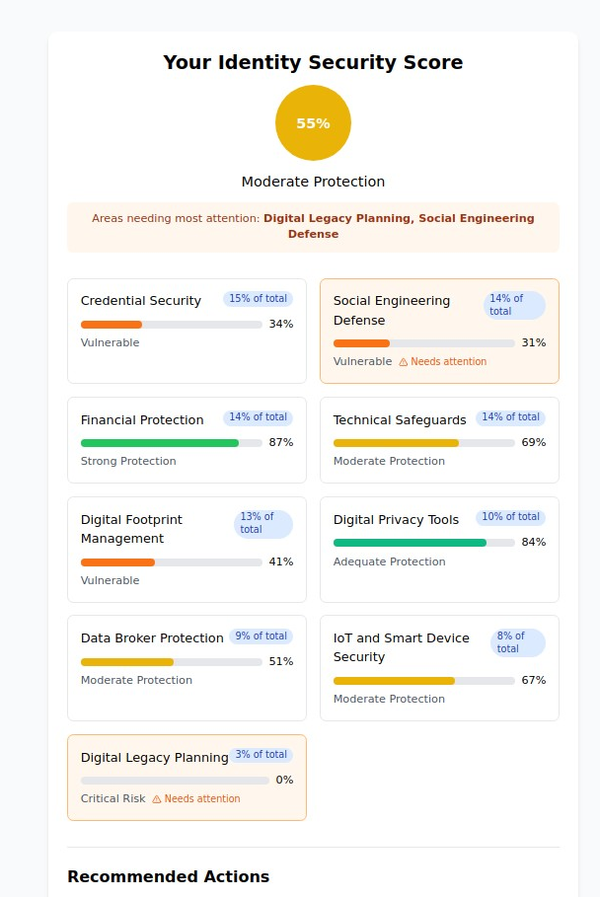Online Shopping Scams: How to Protect Yourself from Fake Stores, Counterfeit Goods, and Auction Scams


Introduction
The convenience of online shopping has made it an integral part of our daily lives. However, as the popularity of e-commerce has soared, so too have the risks of encountering online shopping scams. Scammers exploit the anonymity of the internet to deceive consumers, leading to financial loss, identity theft, and frustration. In this article, we’ll delve into three of the most common online shopping scams—fake online stores, counterfeit goods, and auction scams—and provide practical advice on how to avoid falling victim to these schemes.

1. Fake Online Stores
- What Are Fake Online Stores?
- Fake online stores are fraudulent websites designed to look like legitimate e-commerce platforms. Scammers create these sites to trick consumers into making purchases for products that will never be delivered. Often, these sites are professionally designed and use stolen images or logos to appear credible.
- How Fake Online Stores Work
- Enticing Deals: Scammers often lure victims with deals that seem too good to be true, such as high-end products offered at significant discounts. The aim is to entice shoppers to make quick purchases without scrutinizing the website.
- Stolen Payment Information: In some cases, after making a purchase, the victim’s payment information is stolen and used for fraudulent transactions. The victim is left without the product and with compromised financial accounts.
- Red Flags of Fake Online Stores
- Too-Good-to-Be-True Prices: If the prices on a website are significantly lower than those of reputable retailers, it’s a major red flag. Scammers often use irresistible prices to attract unsuspecting shoppers.
- No Contact Information: Legitimate online stores typically provide clear contact information, including a phone number, email address, and physical address. If a site lacks these details or has only an email form, be cautious.
- Poor Website Quality: Look for signs of poor website quality, such as grammatical errors, broken links, or low-resolution images. These are often indicators of a hastily created fake site.
- How to Protect Yourself
- Research the Store: Before making a purchase, research the online store. Look for reviews, check the company’s social media presence, and verify the site’s legitimacy through trusted sources like the Better Business Bureau.
- Use Secure Payment Methods: Always use secure payment methods, such as credit cards or trusted payment platforms like PayPal, which offer protection against fraud. Avoid using wire transfers or direct bank transfers, as these are harder to reverse in case of fraud.
- Check for HTTPS: Ensure that the website uses HTTPS in its URL, which indicates that the site is secure. However, remember that HTTPS alone doesn’t guarantee legitimacy—always verify the site’s credibility through other means.
2. Counterfeit Goods
- What Are Counterfeit Goods?
- Counterfeit goods are fake or knockoff products sold online as genuine items. Scammers advertise these products as authentic, often using photos and descriptions lifted from legitimate sellers. Buyers end up receiving poor-quality imitations that don’t meet their expectations.
- How Counterfeit Goods Scams Work
- Misleading Descriptions: Scammers create listings that make the counterfeit products appear genuine. The descriptions, photos, and even packaging might be copied from the authentic products, making it difficult for buyers to spot the difference.
- Low Prices: To attract buyers, counterfeit goods are often sold at prices slightly lower than the market value. This slight discount makes the deal seem legitimate while still luring in bargain-hunters.
- Red Flags of Counterfeit Goods
- Unusually Low Prices: While discounts are common in online shopping, significant reductions on luxury or high-demand items can be a sign of counterfeit products. Be cautious of deals that seem too good to be true.
- Lack of Seller Transparency: Reputable sellers usually provide detailed information about their products, including their origin, brand authenticity, and return policies. If a seller is vague or avoids answering questions about the product, it’s a red flag.
- Poor Quality Website or Seller Profile: Counterfeit sellers often operate on hastily set up websites or through poorly maintained profiles on online marketplaces. Check for inconsistencies, such as mismatched branding, low-quality images, or lack of product reviews.
- How to Protect Yourself
- Buy from Reputable Retailers: Purchase high-value items, such as electronics or luxury goods, only from reputable retailers or directly from the brand’s official website. This reduces the risk of buying counterfeit products.
- Research the Seller: Before buying, check the seller’s reviews and ratings. Look for feedback from other customers, especially regarding the authenticity of the products. Be wary of sellers with limited or no feedback.
- Use Verified Payment Methods: As with fake online stores, use secure and verified payment methods that offer buyer protection. This ensures that you can dispute the charge if the product turns out to be counterfeit.
3. Auction Scams
- What Are Auction Scams?
- Auction scams occur when scammers use online auction sites to sell non-existent or misrepresented items. Victims might win an auction or agree to a purchase, only to find that the item is never delivered, or it’s vastly different from what was advertised. Scammers often insist on non-reversible payment methods, such as wire transfers, to ensure they get the money without recourse for the buyer.
- How Auction Scams Work
- Misleading Listings: Scammers create attractive listings for items that are in high demand, such as electronics or collectibles. The listings might include photos and descriptions stolen from legitimate sellers, making them appear authentic.
- Non-Reversible Payments: After winning the auction or agreeing to a purchase, the buyer is asked to pay via wire transfer, prepaid cards, or other non-reversible methods. Once the payment is made, the scammer either disappears or sends a fake or misrepresented item.
- Red Flags of Auction Scams
- Pressure to Pay Quickly: Scammers often pressure buyers to complete the payment quickly, using excuses like needing the money urgently or having other interested buyers. Legitimate sellers typically don’t rush buyers into making payments.
- Suspicious Payment Methods: Be wary if a seller insists on payment via wire transfer, prepaid cards, or other non-reversible methods. These are commonly used by scammers to avoid chargebacks or disputes.
- Too-Good-to-Be-True Auctions: If an auction seems too perfect, such as a high-value item selling for a fraction of its worth, it could be a scam. Be cautious of listings with unusually low bids or buy-it-now prices.
- How to Protect Yourself
- Stick to Trusted Platforms: Use reputable auction platforms that offer buyer protection and have secure payment systems. Avoid using unfamiliar sites or direct payment methods outside of the auction platform’s system.
- Verify the Seller’s Reputation: Check the seller’s ratings, feedback, and transaction history. Be wary of sellers with limited feedback or recent account activity, as scammers often create new accounts to carry out their schemes.
- Use Secure Payment Methods: Pay through secure methods that offer protection, such as credit cards or payment platforms with buyer guarantees. Avoid using wire transfers or prepaid cards, which offer no recourse if the transaction goes wrong.
Conclusion
Online shopping scams are a growing threat as e-commerce becomes an increasingly popular way to purchase goods. By understanding the tactics scammers use, such as fake online stores, counterfeit goods, and auction scams, you can better protect yourself and your finances. Always research the seller and the website, use secure payment methods, and be cautious of deals that seem too good to be true. By staying vigilant, you can enjoy the convenience of online shopping without falling victim to scams. Stay informed, shop wisely, and safeguard your online transactions.






